Humanity has often struggled to preserve its knowledge. Some accomplishments remain true mysteries today because Man has been unable to protect knowledge over the ages. The effort to keep, maintain and share knowledge must be a critical mission because, otherwise, how do you know where to go if you don’t know where you come from? Of all human creations, perfumes are often considered the most fragile. This is how the Osmothèque, the first international perfume conservatory in Versailles, is its valiant protector. LuxuryActivist had the opportunity to contact Ms Anne-Cécile Pouant, Deputy Director at The Osmothèque She played the game of our exclusive interview which allowed us to learn more about the amazing work done by such a prestigious institution.
LuxuryActivist (LA): Dear Anne-Cécile, it is often said that our relationship with scents and perfumes is usually something very personal. What are your first olfactory memories, and what triggered your vocation to this industry?
Anne-Cécile Pouant (ACP): The more I work in this world of perfume, and mainly since I have been at the International Conservatory of Perfumes, the more I see the importance that smells and fragrances have in our lives and in our memories. Olfactory memory is a powerful vehicle for time travel. The most distant olfactory memory, which goes back to childhood, is very clear to me: it is a mixture of ronéotype (this ancestor of the photocopier, used in schools in the 70s which reproduced the texts in purple colour) and Mercryl Laurylé, that disinfectant so useful for skinned knees in playgrounds. Indeed, the school medicine cabinet was above the photocopy device in a small cramped room. One must believe that I used to visit that place often as its memory is so intense. I was in kindergarten. So it goes back quite a long way in the past… and yet, it is very much alive. And today, I still love these smells of pharmacy and ink!
Although I have always been sensitive to scents and appreciated perfumes from a very young age, I think what attracted me to perfumes was more the image this universe emanates: the magnificent advertisements, the windows of traditional perfumeries with the giant bottles, the sophistication exuded by the people who worked there, the spectacular make-up displays, and the powdery or chypre trail of the women who came out of them. This universe, which seemed apart, fascinated me and attracted me so I would stay at the exit of the only perfumery store in the city where I lived to capture some glitters.
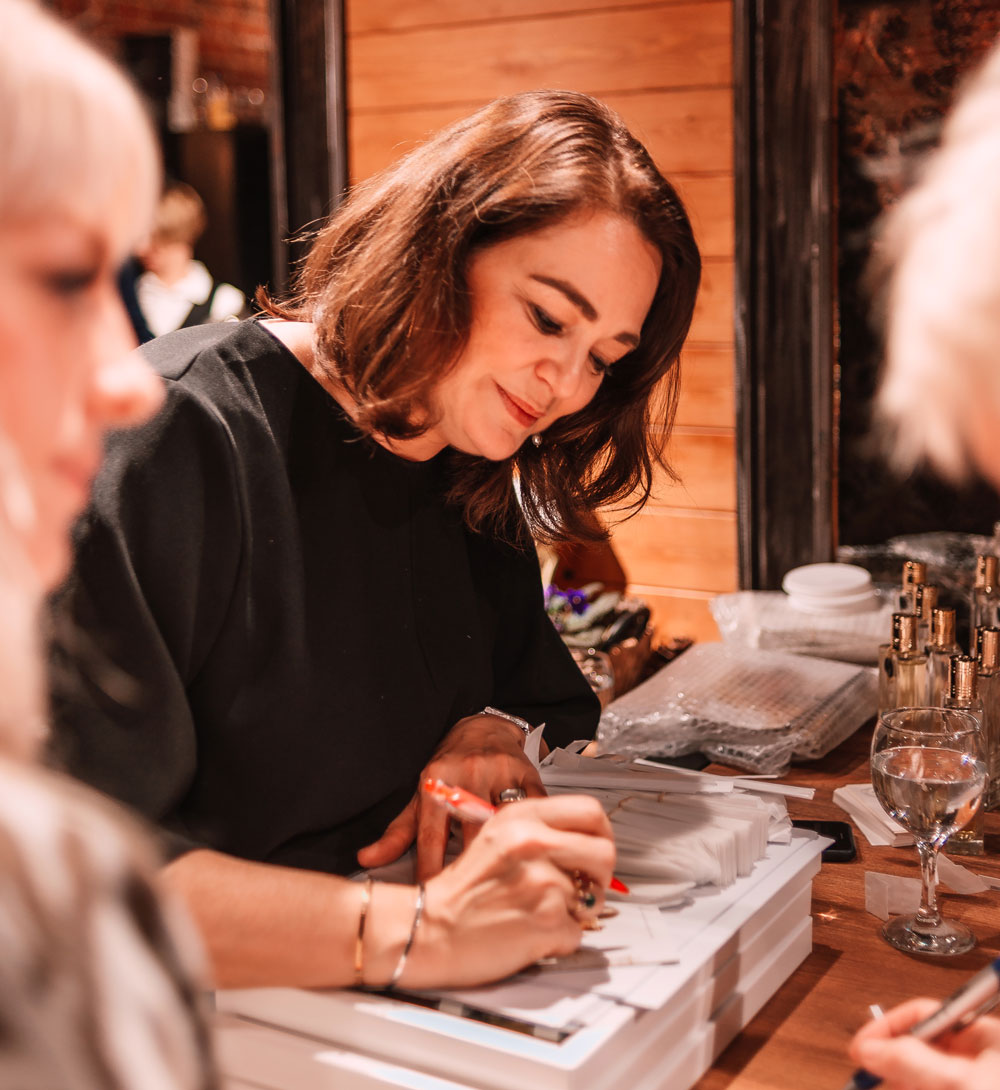
LA: How would you sum up your professional career, especially your beginnings? I feel like all roads lead to Rome regarding the perfume industry. What was your path?
ACP: My professional orientation towards perfume was initially made through luxury, with a specialization oriented towards communication. I have devoted a few specific training modules to this and research papers on the value of luxury brands. One brand haunted me among all those I studied: CHANEL. I studied it a lot, dissected, scrutinized and analyzed it. It still fascinates me as much today as it embodies the perfection of brand image management. Then, I entered luxury and, more particularly, perfume through an unexpected door, design: after studying at Sciences Po and a first experience in Tahiti with the largest producer of black pearls, I had the chance to be recruited by a creative agency specializing in design and packaging for perfume brands.
After the birth of my second daughter, I created my agency to advise and support clients in the creation of their brand identity and the deployment of their communication, offering a wide range of services to beauty institutes and spas as well as to organic brands which seemed to me at the time to be the less important brands of the sector.
I had the opportunity to join the Osmothèque in 2015 to breathe new life into it. This unique institution, created 25 years earlier on an initiative of perfumer Jean Kerléo and a group of passionate perfumers from the S.F.P. (French Society of Perfumers), was not sufficiently visible, did not occupy the place that an institution representing the olfactory heritage of world perfumery should have.
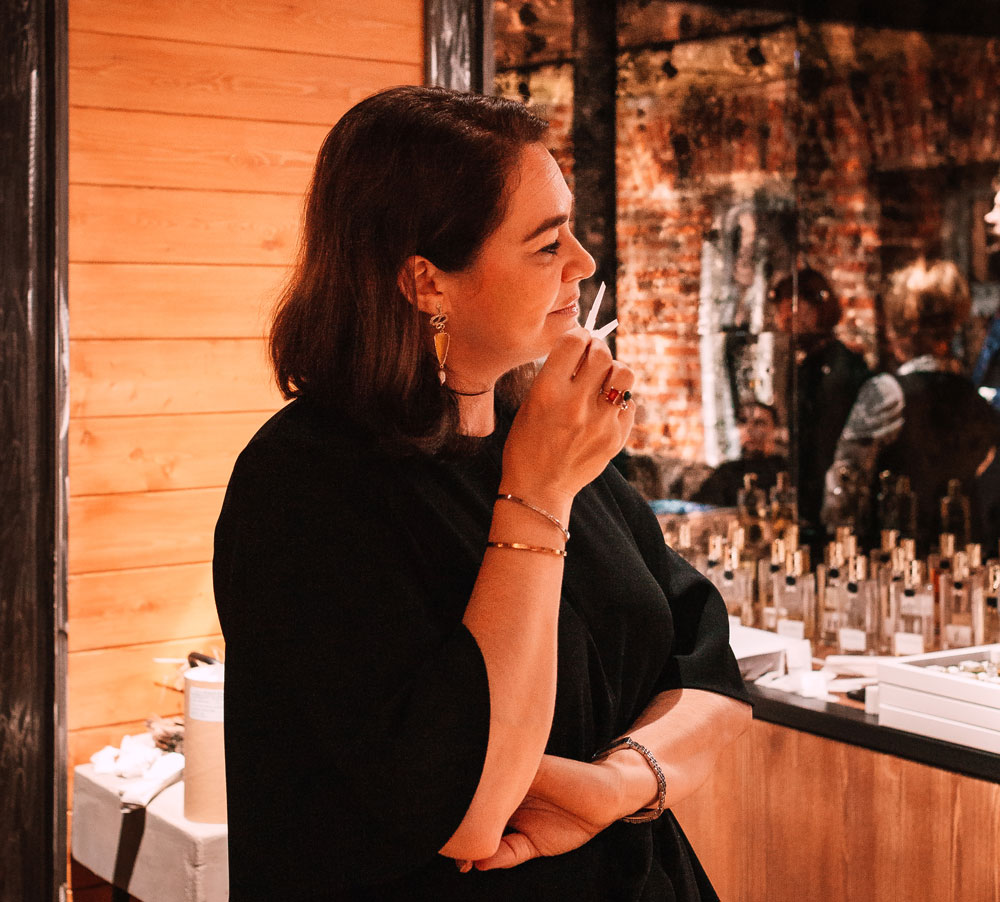
LA: Your career path has led you to meet and collaborate with renowned partners as well as dream brands. What do you keep from these collaborations before joining the Osmothèque?
ACP: From my training, as I told you, I studied CHANEL, and I am fortunate to have today as Vice-President of the Osmothèque, one of their eminent in-house perfumers: Christopher SHELDRAKE. Today, CHANEL is one of our main sponsor contributors, with the discretion and elegance that characterizes the French luxury house.
In my career in an agency, I have indeed had the chance to work with the creative teams of major houses and to accompany them in the superb developments of new perfumes: Cartier, Dior, Guerlain, Mauboussin, Bulgari, Asprey… but also on international projects: Boticario and Natura in Brazil, Hera and Amore Pacific in Korea, or total creations of concepts such as The Different Company. Working with a designer like Thierry de Baschmakoff, I retain the importance of the coherence of a concept and its variation, the value of signs and codes inherited from history, and vast sources of inspiration for future creations.
LA: The Osmotheque is an institution unique in the world and of precious utility. What picture did you have of the Osmothèque before working there?
ACP: I had the opportunity to visit it when I was working in design for perfumery. I had not grasped its essence and its exceptional character, perhaps due to an unclear identity (hosted on the campus of a school, without a storefront), a little outdated and a name not very explicit: Osmothèque (osme: smell / theke: classification). A library of scents. And for me, who worked in branding, the absence of bottles, decoration and scripting made me miss out on the treasures contained in this one-of-a-kind collection.
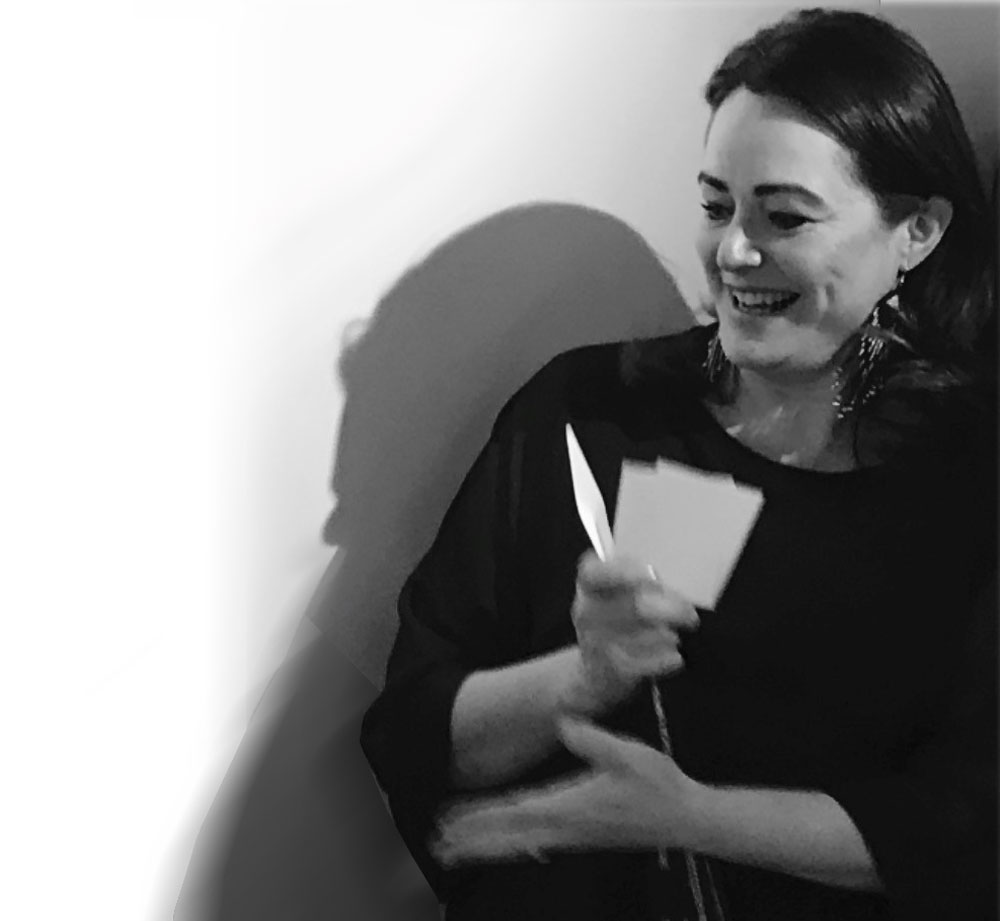
LA: What drives you today to keep such a fine institution going?
ACP: Being in the first line today to do justice and shine the legacy of the founders by making the Osmothèque a major cultural institution in the preservation of the olfactory heritage of perfume. It is a challenge as it is not yet obvious for everyone! The idea of the founders was really brilliant: they were really pioneers, aware that the heritage of perfume is precious but by definition evanescent and therefore intrinsically doomed to disappear (a perfume that you can no longer smell…is a perfume that ends by dying). To preserve them, we must therefore continue to be able to smell them and therefore, preserve them in optimal conditions, be able to redo them regularly: which becomes a challenge if we do not have preserved formulas and ingredients that are constantly evolving and particular know-how. Indeed, perfume has not always been made according to the standards we know.
A CONSERVATORY OF PERFUMES IS THEREFORE ALSO A CONSERVATORY OF EMOTIONS. THIS GIVES A HUMAN DIMENSION TO OUR MISSION WHICH PARTICULARLY MOVES ME.
Anne-Cécile Pouant, Deputy Director at L’Osmothèque
It is a real challenge to preserve this collection, testimony to a singular relationship that has existed for thousands of years, to a very special relationship of man with scents and perfume: communication with the gods, adornment of the powerful, anti-miasma shield, medicine, weapon of mass seduction, ultimate accessory of the image that one wishes to convey, or subtle element of well-being. Perfume accompanies the life of men, their memory, and their emotions … From another point of view, we preserve works which, for some of them, have a major impact on the history of this art of perfumery. As such, doing everything we do to preserve its olfactory dimension means contributing to the writing of its history and making it lasting. By preserving this heritage, we are a vehicle for future generations.
LA: With more than 5,000 perfumes, some of which have disappeared from the market, how do you define the entry of a perfume into your Osmothèque?
ACP: The entries in the collection are done mainly in 3 ways. First of all, the brands entrust us with their creations (according to agreements that we have put in place with them). It thus enriches the “contemporary” collections of the Conservatory. New brands are solicited or appear spontaneously to enrich the collection. We are very open because no one can predict the lifespan of these houses and their creations. Whatever their future, future treasures may be among them. We also have agreements with the big composition houses that send us their wins of the year.
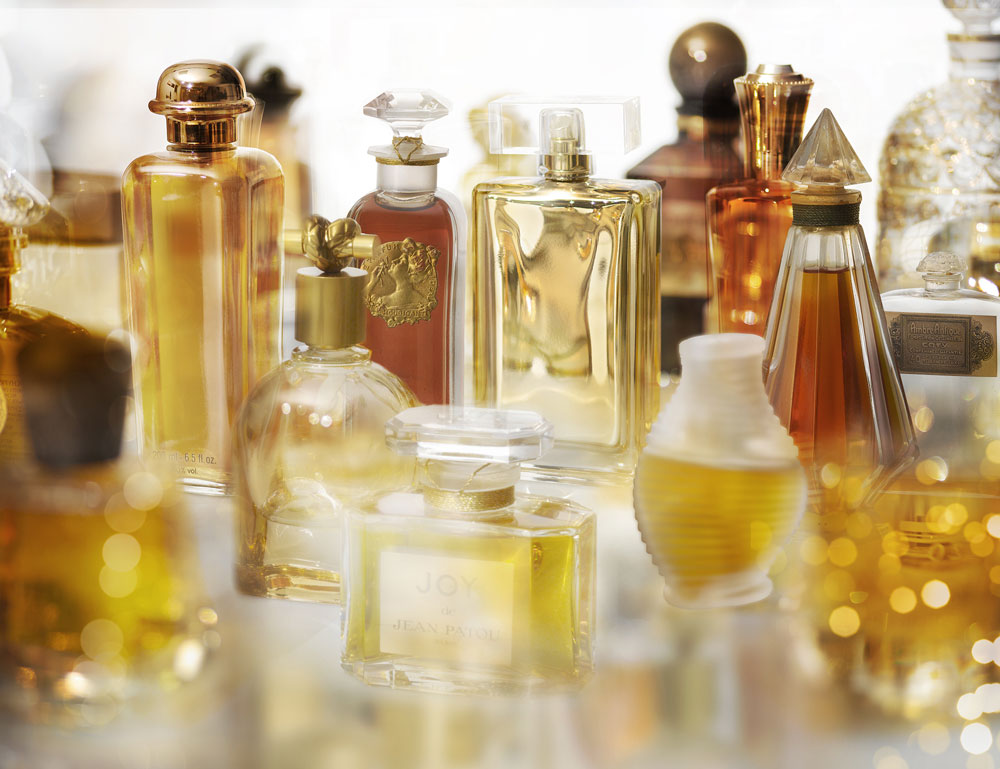
Then, for perfumes that have disappeared and have been identified by us as “premium”, that is to say, that they must absolutely be present in the collections, several options: if we have the formula deposited at the Osmothèque with the authorization of redo for our strict activities (no commercial exploitation behind and guarantee of the secrecy of the formulas) as well as all the raw materials and bases allowing them to be redone, they are “reweighed” on the basis of the original formula by our “cellar team”. When we don’t have the formula, we work in collaboration with the brands or houses that own them in order to have it redone by them. We sometimes make our unique collections of rare and extinct materials available to them.
Finally, for very old perfumes (before the synthesis revolution at the end of the 19th century), the work is more complex. It’s not so much the formula that makes things complicated (they are sometimes “public” in old creations. It’s more their decoding and their necessary interpretation that make things complicated: Finding all the unknown materials, estimating proportions that are often sketchy and making compromises and interpretations. This is why the Osmothèque is more wary and circumspect about these very old perfumes which are more subject to caution.
Confronted with the enthusiasm of various actors about these historical reconstructions, the Osmothèque intends to be a beacon of reference with its proven methodology and the knowledge accumulated over more than 30 years. It focuses above all on disseminating a precise nomenclature, which could be authoritative and become an “official” nomenclature. This project is supported by its Scientific Committee.
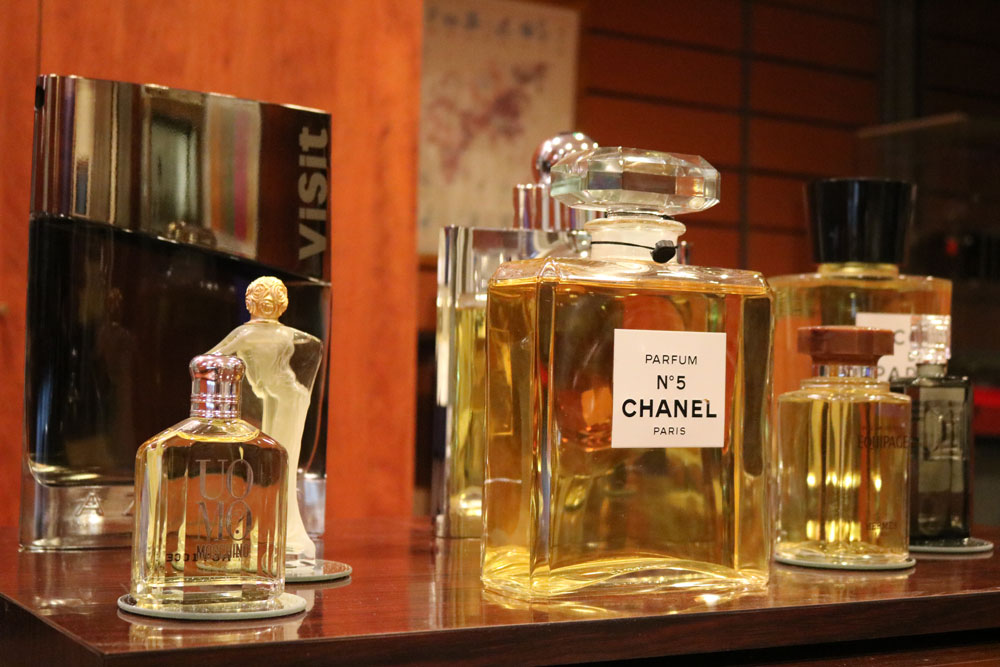
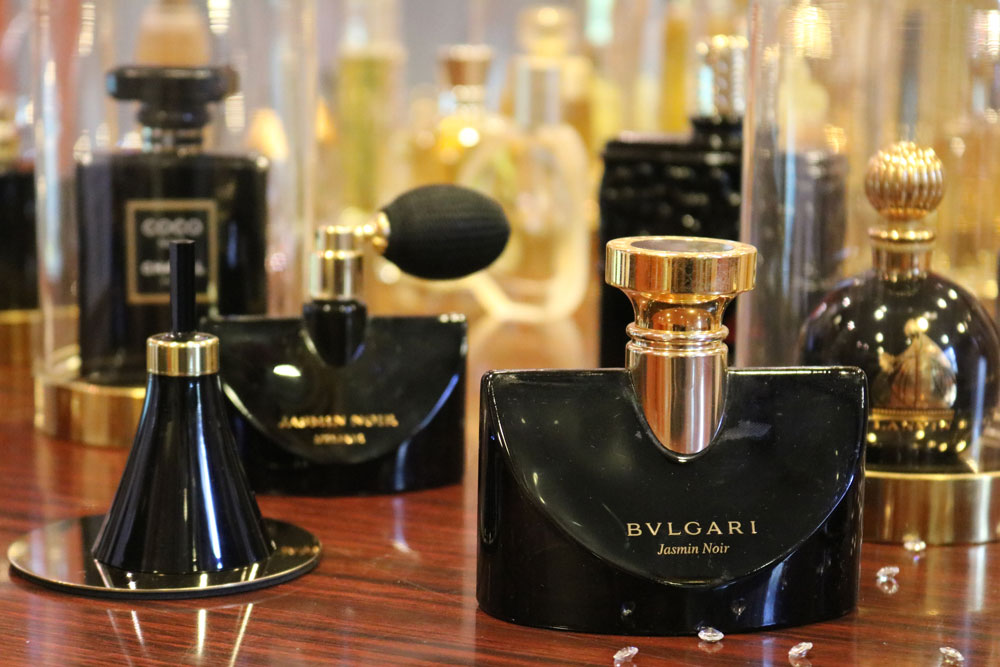
LA- Of all the Osmothèque’s activities, which makes you the proudest?
ACP: The Osmothèque operates around these main missions: the preservation and development of its collections, transmission (these are all the cultural mediations we do for all audiences), and research. Two missions make me particularly proud: to have contributed with great tenacity to find the trace of a major perfume in order to have it reintegrate into the collection. This is the Trèfle Incarnat from Maison L.T Piver, a great French heritage house. Today, I am on other tracks that are about to come to completion… My “In Search of Lost Perfumes” adventures continue! I am also very proud to work in the general interest (in accordance with our status as a non-profit Association Law 1901) and to welcome young people, often from the 3rd year internship, in order to allow them to set foot in this seemingly quite closed world of perfume. I strive at my level to open doors and put a foot in the stirrup for those who do not have pre-existing networks or a famous surname to make their job easier. What pride for me to see them then move forward in their professional project
But I could also talk to you about setting up the “J’ADOPTE UN PARFUM” sponsorship campaign that I imagined with my team to compensate for the lack of financial resources linked to the closure of the Osmothèque during confinement. It is a campaign that invites patrons to associate their name with a perfume that they symbolically adopt. We share on our networks a short text that they write to us and which explains their attachment to this perfume. The testimonials are very touching and often associated with the memory of a loved one. This is a very nice project of which I am particularly proud!
LA: Could you please tell us an important fact or an anecdote that has marked you since your arrival at the Osmothèque?
ACP: One fact has particularly marked me since my arrival at the Osmothèque: the day I found myself in prison, the first time for me! In fact, I intervened with Isabelle Chazot (administrator and president of our scientific committee) for a cultural mediation on the Orient and perfumes at the women’s prison in Versailles. A timeless moment for all (inmates and workers) where you realize the strength of the power of evocation (and escape!) of perfumes in a closed universe. This experience convinced me that perfume could be a universal language, and that it could contribute to creating bridges and opening up marvellous horizons by avoiding on borders, and cultural, generational or physical differences.
LA: How do you consider the perfume industry today? We see so many launches and ultimately so few chosen ones who stand the test of time.
ACP: I take a very relaxed look at it: we don’t know where to turn; the best creations live alongside the worst. And the launches are so numerous that I give up on the idea of mastering everything. So when I happen to come across “treasures”, I get excited and say it loud and clear! Go and discover a Milky Dragon from Isabelle Larignon, or a Cri de la Lumière from Parfum d’Empire… you will see that one can be amazed by the current creation!
I also have the extreme privilege of being able to dive into the marvels and masterpieces that constitute the heritage of perfume and also to take refuge there when the current cacophony is too strong. Put your nose back on a Fruit Défendu from 1914 at Paul Poiret, an Emeraude from François Coty whose centenary we have just celebrated, or more recent like an original from Mystère de Rochas from 1978 or a Coriandre from Jean Couturier from 1973: these perfumes that could be called “vintage” hold up so well even today! It is a magnificent perfumery style that made people of my generation love perfume.
LA: For a very long time, the legal aspect of the intellectual protection of perfumes has been a delicate subject. Does the Osmothèque have an official position on the subject? How to protect the heritage of the perfume industry today?
ACP: When it was created, the Osmothèque endeavoured to obtain the support of brands or rights holders to be entrusted with secret formulas and highly sensitive elements. As you know, you cannot protect a perfume formula otherwise, and this is still valid today. We have set up at the conservatory a very supervised protocol which guarantees depositors the strict confidentiality of the formulas entrusted to us. From Osmotheque’s point of view, it seems important to us not to forget, as our president Thomas Fontaine regularly reminds us: “The issues for us are above all cultural; as the Conservatory of Perfumes, we defend perfume from this angle”.
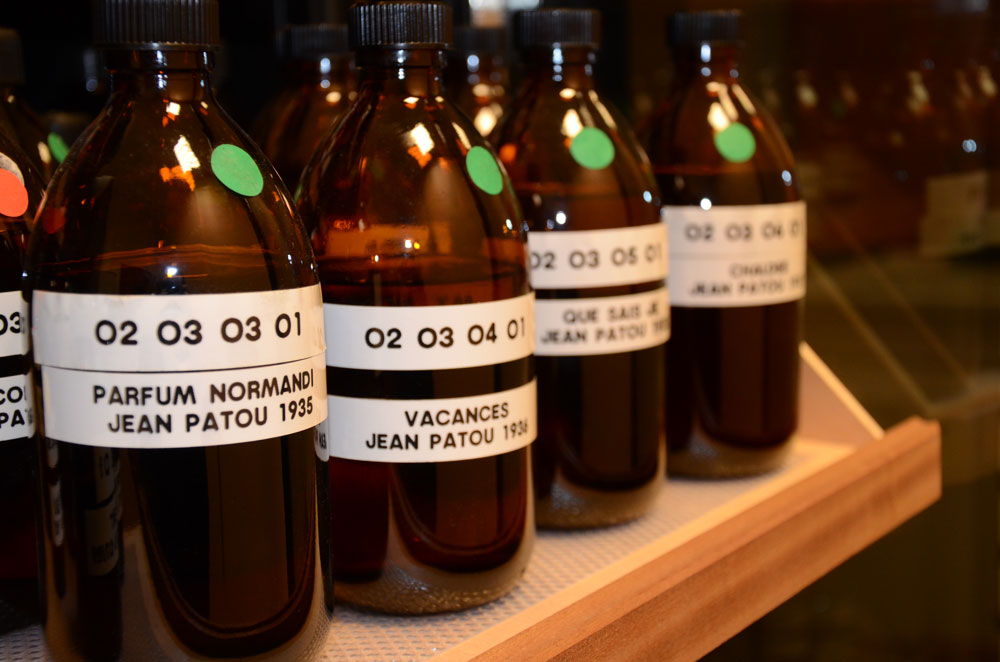
LA: What question would you dream of being asked about the Osmothèque and what would be its answer?
ACP: I would dream that a great patron asks me: how much support do you need to carry out your projects in the next three years? And I would dream of answering him: everything is fine, the whole profession is behind us to support its heritage, and the public authorities subsidize us generously! It is unfortunately only a dream… so I will answer him that he can support us today while waiting for this dream to come true!
LA: Do you have any new upcoming projects that you can tell us about here?
ACP: We are carrying out an ambitious site project to provide a more suitable setting for our collections and our activities, which have developed significantly in recent years. We want to provide a real place of culture around perfume. We want to offer our audiences an experiential place highlighting the treasures of our collections. At the same time propose a workplace for our teams, a place of research and documentation, a laboratory for our re-formulation or our historical work and a place of conservation for our collections of perfumes and raw materials. It must be able to allow our various audiences to (re) discover the huge olfactory heritage that is perfume.
LA: Can you tell us something about yourself that few people know that would be interesting to know?
ACP: As part of my work, I have the luxury of being closer to historic perfumes and magical elixirs that no one can enjoy anymore. These “sleeping beauties” are in the dark, in opaque bottles sheltered from the ravages of time, at the back of these temperature-controlled cabinets. Smelling them takes you far away, elsewhere, to another time… Sometimes, in the unique setting of the Osmothèque cellar, I open one of these vials and find myself transported to another space-time. It’s Baudelairean: “Sometimes you find an old bottle, from which springs alive a soul that returns”.
I thus remember an “almost real conversation” with Paul Poiret trying to unravel the mystery of the famous “Fruit Défendu” created in 1914 for his Rosine perfumes. Another time, I also found myself impromptu and imaginary on board the Orient Express on the way to Istanbul or Venice and met Sergey Diaghilev and his Russian ballets there, or even I got to know Marlène Dietrich virtually by chance from a volute of Tabac Blond escaping from a bottle of raw material. I fleetingly met Jean Patou on the deck of the first class of the Normandie. What a chance to be able to approach so closely through perfume these characters and these bygone times…intimate and secret moments.
LA: What can we wish you for the future?
ACP: Today I have the chance to have a one-of-a-kind job and the privilege of being responsible for preserving one of the jewels of our cultural heritage. I meet the most beautiful works that perfumery has produced, as well as the greatest creators. I make extraordinary human encounters. My daily life is full of projects. I like to take this bridge between the world of perfume and the cultural world. One step after the other, but beyond the struggle, a link between these worlds.
As for the Osmothèque, it is 30 years old. It is time for this institution closely linked to French heritage, recognized internationally, to unite the support of public authorities around its actions. It is also time for it to be strongly supported by the perfume industry and for it to provide real financial support. Thus, the Conservatory will be able to carry even higher and for the benefit of all the colours of this extraordinary embassy of perfume!
In conclusion,
Anne-Cécile Pouant is a passionate woman with a rare emotional intelligence. We could listen to her for hours as the passion flowed through her words. The Osmotheque is a rare place, even unique and its Deputy Director is the perfect captain of such prestigious boat that will hopefully be around for good decades of navigation. The Osmothèque is 30 years old, and we are all eager to know the marvels that will still be discovered and preserved for human pleasure and knowledge.
L’Osmothèque – Conservatoire International des Parfums
36 rue du Parc de Clagny
78000 Versailles
Tel: +33 (0)1 39 55 46 99
https://www.osmotheque.fr
José Amorim
Information sourced by the author for luxuryactivist.com. All content is copyrighted with no reproduction rights available. Images are for illustration purposes only.
